It’s the first day of school. I’m nervous.
I’ve been thinking about this day for a while now. I want to make a good impression. I put on my t-shirt and my pants, and I head over to Kennedy High School. I come to school early and countdown the time until class begins.
I’ve done this before, but this time it’s different. I am the instructor. I was born and raised in Richmond and went to district schools. For my own K-12 experience, I attended Nystrom Elementary, Lovonya DeJean Middle and Leadership Public Schools. I know the drill.
Having been in a student in the district myself, I’m knowledgeable about the community and the students I would be teaching. I knew, however, that every day is a learning experience for me. I learn how to better serve my students with every chance I get to be in front of them. I teach Digital Arts.
I took Media Studies classes as an undergrad at UC Berkeley. As a college student, there is only so much you can learn in the classroom. I began searching for ways that I could apply what I was learning. I starting working for several outlets, including The New York Times, The Daily Californian, a startup called Prynt, LA School Report, and Fusion. Once I knew that I was going to be an educator, I was so happy to share what I learned.
I spent most of my summer planning for this. I knew that I had to set high expectations for my students and share the knowledge and skills that I have used in the industry. I did forget how technologically illiterate I was in high school. That was apparent in the first day.
Students are comfortable with their phones. Putting a computer in front of them, however, was a bit of a shock that first day.For some, it was one of their first times typing.
I knew I had to slow down and work with my students individually to show them how to effectively use their computers.
As a student, you don’t think about these little things. I recalled thinking how my teachers were so forgetful. What I didn’t realize is that they were concerned with fulfilling the needs of about 180 students. They have more than 90 conversations a day on a block schedule and 180 on a seven-period schedule.
In high school, I really admired the teachers that had classroom management down to a T. Those teachers were able to keep the room quiet and on task. That’s still important today, but I have a lot of empathy for the teachers that struggled to keep complete command of a classroom. It takes a lot of patience that, to be completely honest, I did not initially know I had.
I grew up dreading getting paired up in group projects with what teachers and students alike identified as “troubled students.” Those students needed the most help. I knew that in high school but not to the depth that I realize now.
Now that I am a teacher, I connect with my underserved students the most. I know the struggles they face and how far my encouraging words can go. I support all my students, but the conversations that make the biggest difference are centered around how they can best be model citizens.
I can’t wait to see where my students will be in a few years, and I am happy to lead them through that journey. I couldn’t have picked a better space to express and connect with my community. I love my job as a teacher at Kennedy High School.
